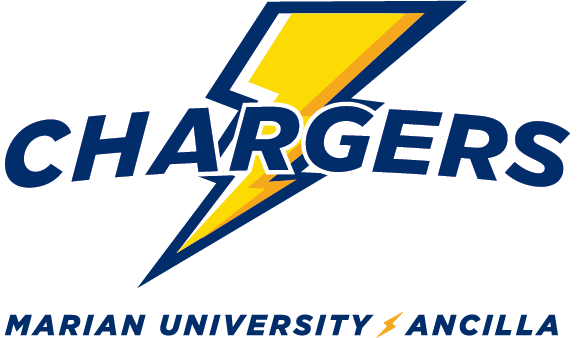The Marian University Tom and Julie Wood College of Osteopathic Medicine seeks to produce highly skilled and compassionate physicians. Students are expected to develop a robust medical knowledge base and the requisite clinical skills, with the ability to appropriately apply their knowledge and skills, effectively interpret information, and contribute to patient-centered decisions across a broad spectrum of medical situations and settings.
The following technical standards, in conjunction with the academic standards of our academic program, are requirements for admission, promotion, and graduation. The term “candidate” refers to candidates for admission to medical school as well as current medical students who are candidates for retention, promotion, or graduation. These requirements may be achieved with or without reasonable accommodations.
Candidates with disabilities are encouraged to contact the Personalized Learning Center early in the application process to begin a confidential conversation about what accommodations they may need to meet these standards.
Any accommodations granted apply only to a student’s tenure at Marian University, and may not be approved or adopted by other institutions, including those responsible for the administration of national licensing examinations. Fulfillment of the technical standards for graduation from medical school does not guarantee that a graduate will be able to fulfill the technical requirements of any specific residency program or the essential functions of specific employment.
Observational Skills
Candidates must acquire information as presented through demonstrations and experiences in the foundational sciences. In addition, candidates must be able to evaluate patients accurately and assess their relevant health, behavioral and medical information. Candidates must be able to obtain and interpret information through a comprehensive assessment of patients, correctly interpret diagnostic representations of patients’ physiologic data, and accurately evaluate patients’ conditions and responses.
Communication Skills
Candidates must exhibit interpersonal skills to enable effective caregiving of patients, including the ability to communicate effectively, with members of a multidisciplinary healthcare team, patients, and those supporting patients, in person and in writing. Candidates must be able to clearly and accurately record information and accurately interpret verbal and non-verbal communication.
Examination, Diagnostic, and Procedural Skills
Candidates must possess the capacity to perform all medical, diagnostic, and surgical procedures considered essential for the area of practice, including physical examinations and diagnostic maneuvers. They must be able to respond to emergent or urgent situations and provide general and emergency care. They must adhere to universal precaution measures and meet safety standards applicable to inpatient and outpatient settings and other clinical activities.
Intellectual-Conceptual, Integrative, and Cognitive Skills
Candidates must effectively interpret, assimilate, and understand the complex information required to function within the medical school curriculum, including, but not limited to, the ability to comprehend three-dimensional relationships of structures; effectively participate in individuals, small-group and lecture learning modalities in the classroom, clinical, and community settings; learn, participate, collaborate, and contribute as a part of a team; synthesize information both in persona and via remote technology; interpret causal connections and make accurate, fact-based conclusions based on available data and information; formulate a hypothesis and investigate potential answers and outcomes; and reach appropriate and accurate conclusions.
Behavioral Attributes and Social Skills
Candidates must exercise good judgment; complete all responsibilities attendant to the diagnosis and care of patients; and develop appropriate sensitive, and effective relationships with patients. The skills required to do so include the ability to effectively handle and manage heavy workloads, function effectively under stress, adapt to changing environments, display flexibility, and learn to function in the face of the uncertainties inherent in the clinical problems of patients.
Ethical and Professional Expectations
Candidates are expected to exhibit professionalism, personal accountability, compassion, integrity, concern for others, and interpersonal skills including the ability to accept and apply feedback and to respect boundaries and care for all individuals in a respectful and effective manner regardless of gender identity, age, race, sexual orientation, religion, disability, or any other protected status.
Candidates should understand and function within the legal and ethical aspects of the practice of medicine and maintain and display ethical and moral behaviors commensurate with the role of a physician in all interactions with patients, faculty, staff, students, and the public. Candidates must adhere to the Marian University code of student rights and responsibilities, and the Marian University Tom and Julie Wood College of Osteopathic code of professional ethics and professional conduct policy.
Closing
Marian University, through policy and practice, is committed to providing equitable access to learning opportunities for all students. In the Catholic, Franciscan tradition, we celebrate the dignity of each individual to ensure all students, including those with disabilities, have equal access and opportunities during their time at Marian University.
Candidates with questions regarding the technical standards are encouraged to contact the Personalized Learning Center. Admission to Marian University Tom and Julie Wood College of Osteopathic Medicine is conditional on the candidate’s ability to satisfy these technical standards, with or without reasonable accommodation, and results from a process that examines and values all the skills, attitudes, and attributes of each candidate on a case-by-case basis.
Updated 3/24/25
